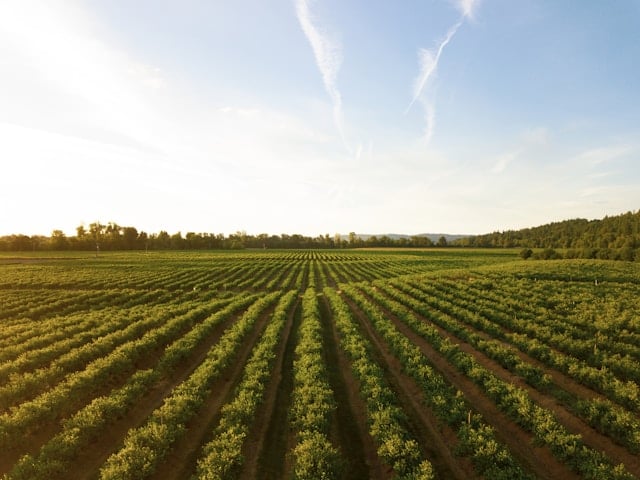
Biofortification, a new approach in agriculture, involves enhancing the nutritional content of crops through genetic engineering. By incorporating genes responsible for essential nutrients into crop varieties, biofortification focuses on addressing malnutrition and improving public health globally. This article explores the recent advances in genetic engineering for developing nutrient-rich crops, and highlights the benefits and implications of biofortification.
Understanding Biofortification
Biofortification targets key nutrients such as vitamins, minerals and micronutrients that are vital for human health but may be deficient in certain crops. Through genetic modification, scientists can introduce genes encoding these nutrients into crop plants, which results in enriched varieties with enhanced nutritional value. Biofortified crops offer a sustainable and cost-effective solution to combat malnutrition, particularly in regions where access to diverse diets or nutrient supplements is limited.
Advances in Genetic Engineering
Recent advancements in genetic engineering have increased the development of biofortified crops with improved nutritional profiles. Techniques such as gene editing using CRISPR-Cas9 technology allow for precise modifications to the plant genome, which enables targeted enhancements of specific nutrients. Researchers have successfully engineered crops such as rice, wheat, maize (corn) and cassava to produce higher levels of essential vitamins and minerals, including vitamin A, iron, zinc and folate.
Vitamin A Biofortification
Vitamin A deficiency is a significant public health concern, particularly in developing countries where rice is a staple food. Scientists have developed biofortified rice varieties through genetic engineering and incorporated genes responsible for beta-carotene synthesis, a precursor to vitamin A. These “golden rice” varieties offer a sustainable solution to combat vitamin A deficiency and will potentially save millions of lives and prevent blindness in children.
Iron and Zinc Biofortification
Iron and zinc deficiency are common nutritional deficiencies globally, particularly among women and children in developing countries. Biofortification efforts have focused on enhancing the iron and zinc content of staple crops such as wheat, maize and beans. By introducing genes involved in iron and zinc uptake and storage, researchers have developed biofortified varieties with significantly higher levels of these essential minerals, which improves nutritional intake and reduces the risk of deficiency-related health problems.
Challenges and Considerations
While biofortification holds immense promise for addressing malnutrition, several challenges and considerations must be addressed. Regulatory frameworks for genetically modified crops vary between countries, which poses barriers to the adoption and commercialization of biofortified varieties. Additionally, concerns regarding consumer acceptance, environmental impact and long-term safety require careful consideration and further research.
Biofortification represents a transformative approach to improving the nutritional quality of crops through genetic engineering. Advances in technology have enabled the development of biofortified varieties with enhanced levels of essential nutrients, which offer a sustainable solution to combat malnutrition and improve public health outcomes worldwide. As research in biofortification continues to progress, it holds the potential to alleviate nutritional deficiencies, enhance food security and promote human well-being on a global scale.
Interesting Related Article: “The Vital Role of Agriculture and 3 Investment Opportunities“
